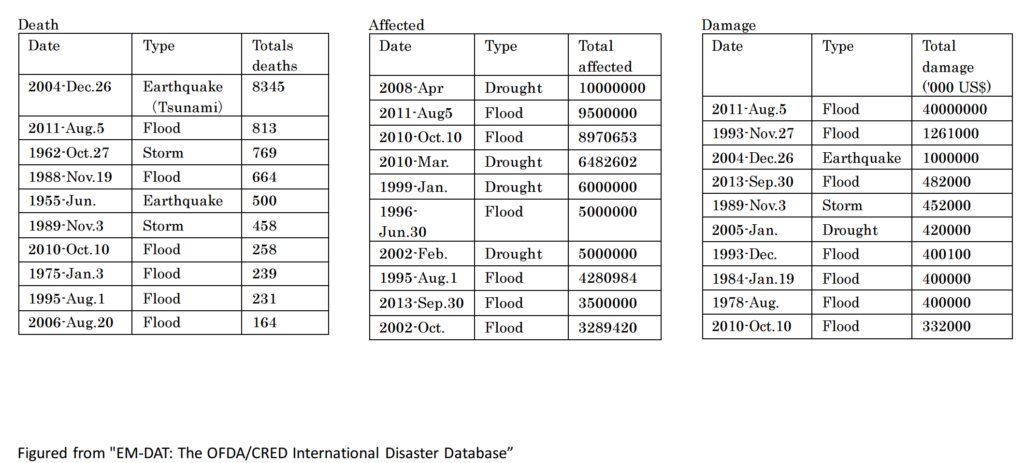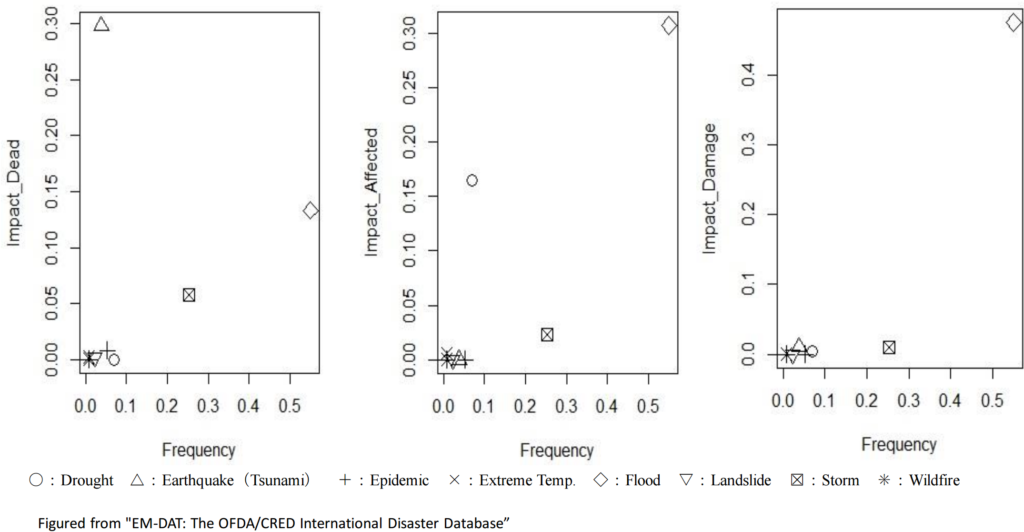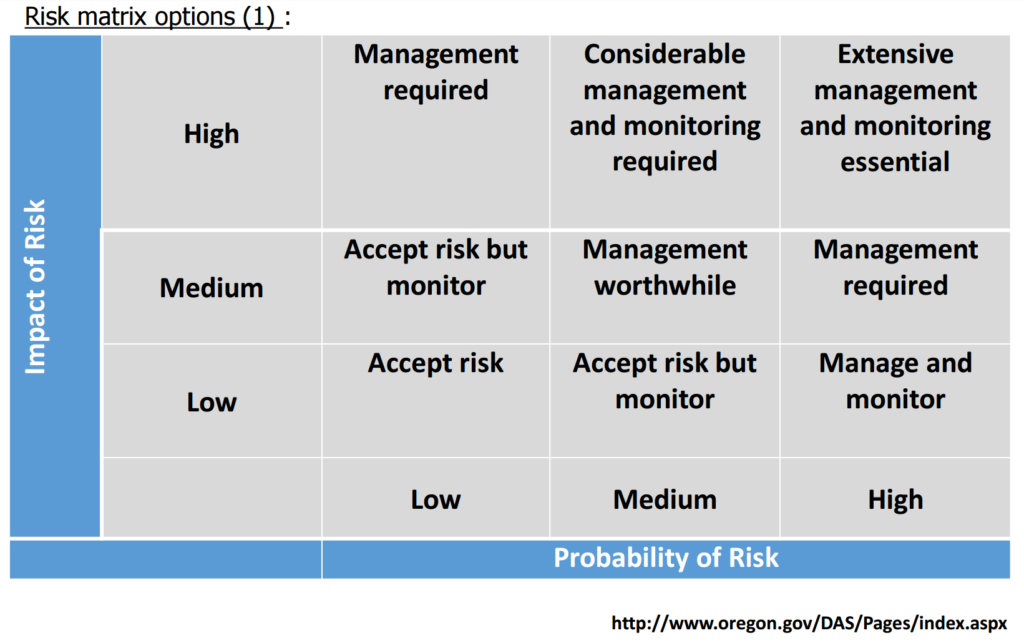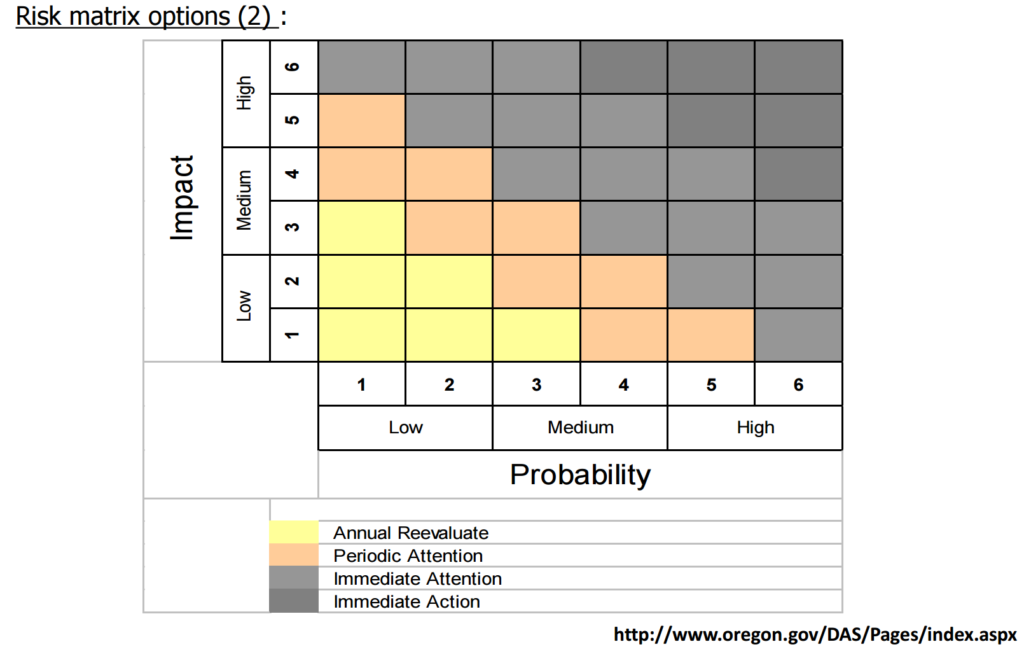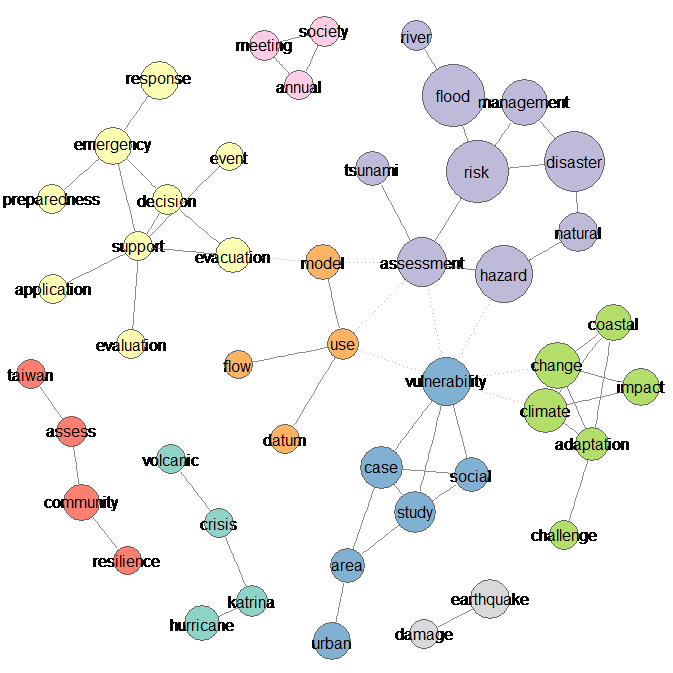The Greater New Orleans Community Data Center (GNOCDC) website was found after the field survey on Hurricane Katrina in Louisiana and Mississippi in 2005. I was so amazed. This is the one of the demographers great contributions to disaster research.
The site provides the information of the pre-Katrina situations by parish and also by ward. This is very useful to examine the social backgrounds of the areas in detail.
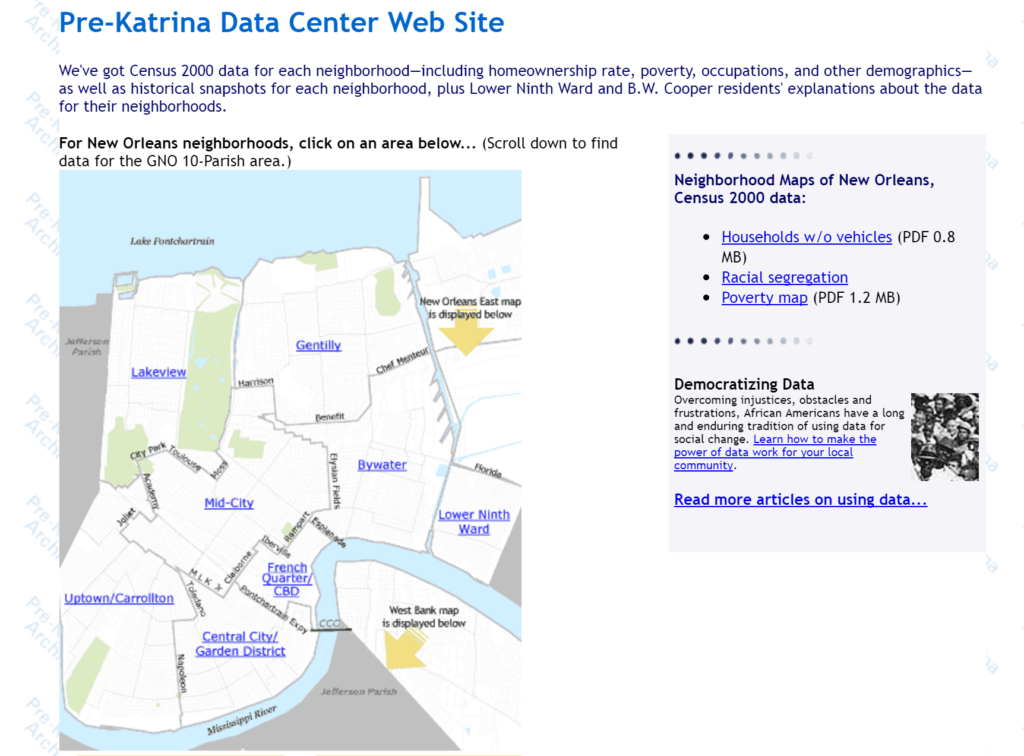 Figure 1 GNOCDC (Pre-Katrina data site)
Figure 1 GNOCDC (Pre-Katrina data site)
The paper on Karina disaster using these data is to explain how human sufferings were exacerbated by the stage with the social background as shown in Figure 2 (Nakasu, 2006 :Sorry in Japanese, however, summary and figures are in English).
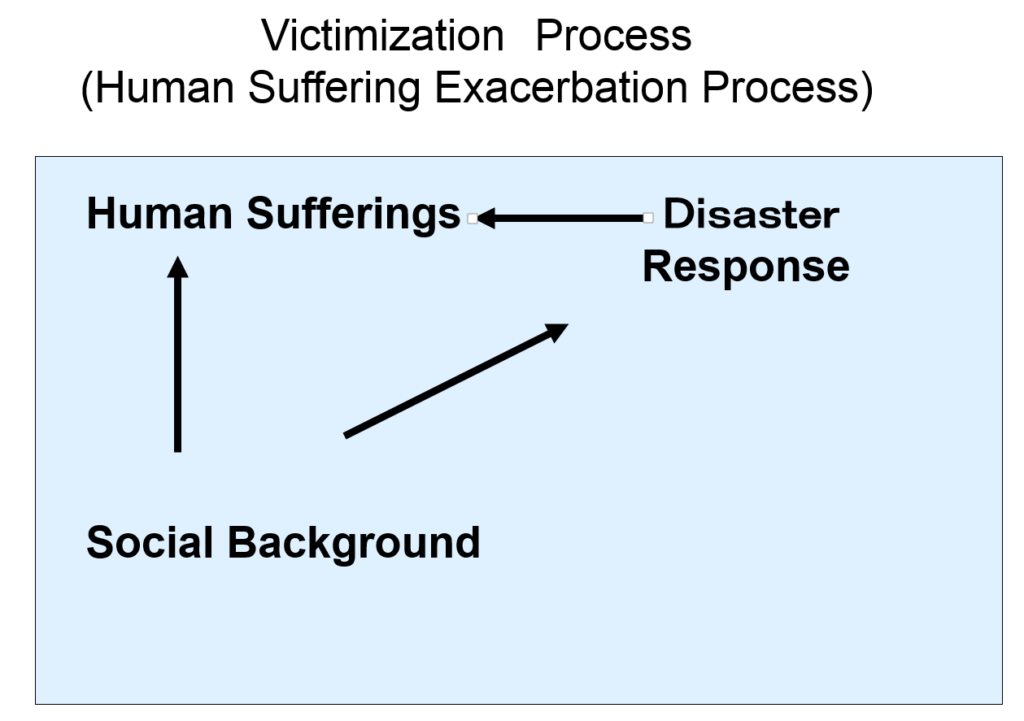
Figure 2 Victimization Process
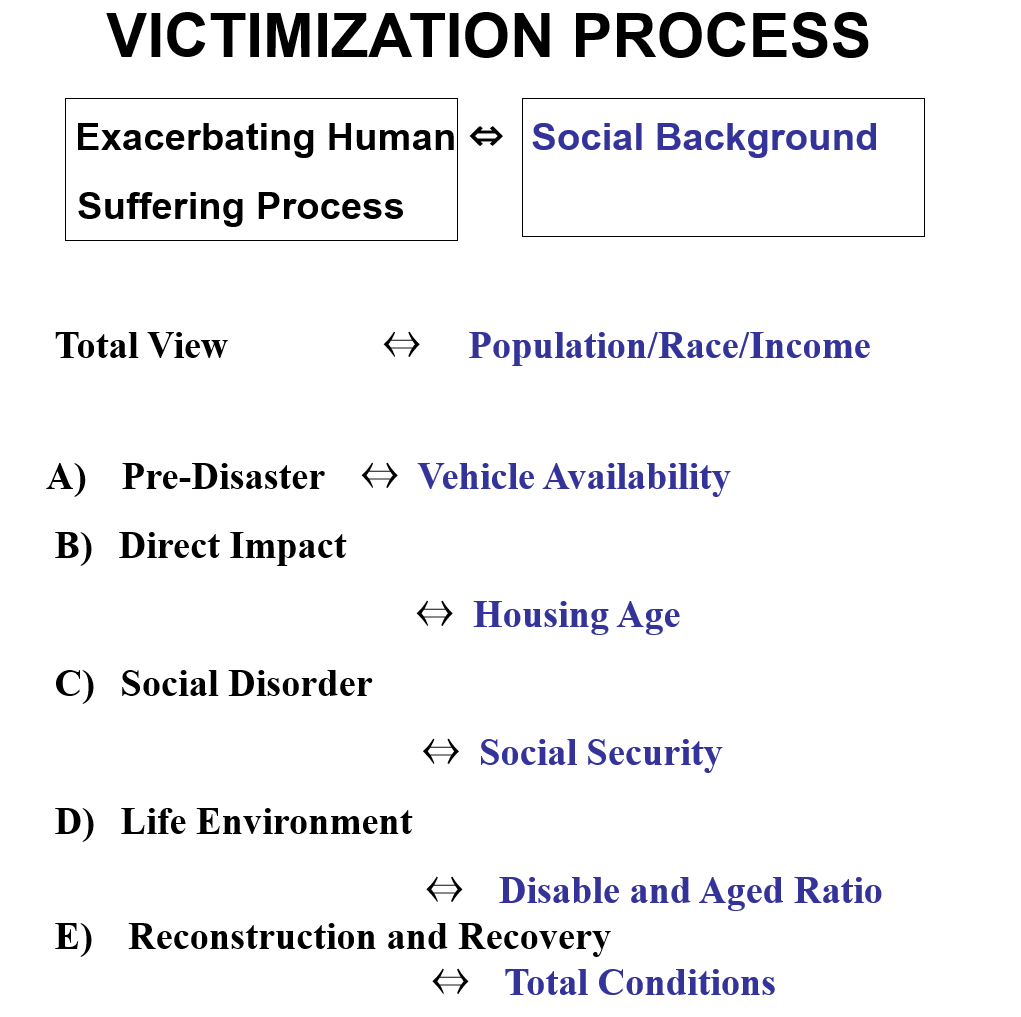
Figure 3Victimization Process by Stage
Table 1 Found Dead Bodies in New Orleans
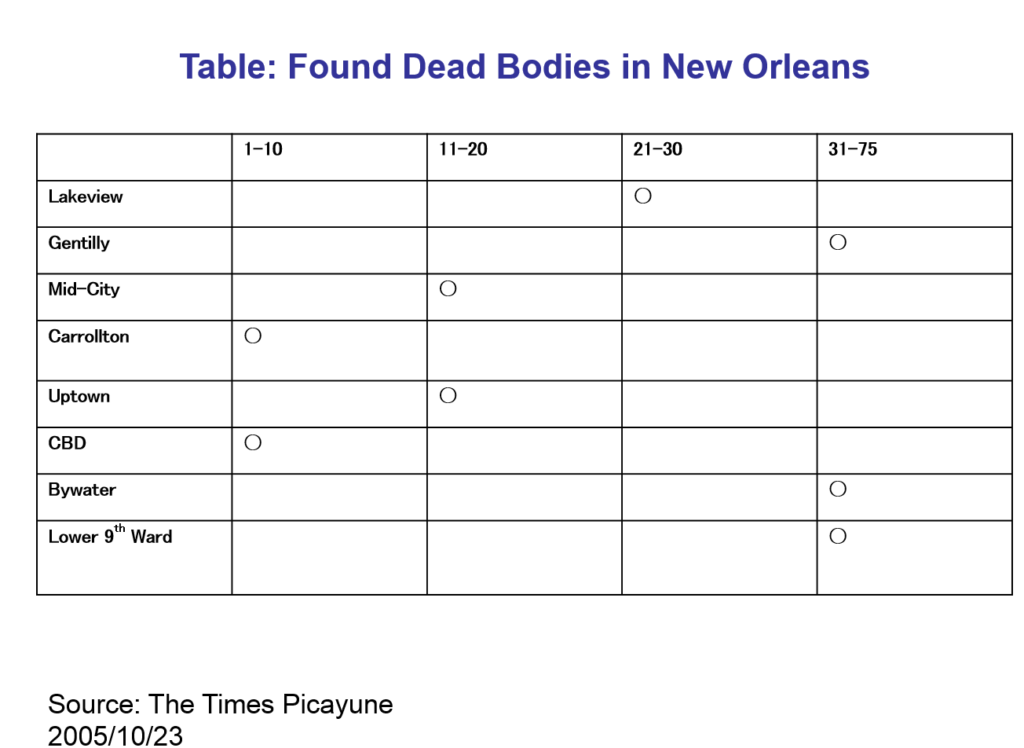
The process can be divided into five stages with time such as A) Pre-disaster B) Direct damage C) Social disorder D) Life environment E) Reconstruction and recovery. Then, these are examined with the social background data (Figure 3).
For example, 1) Pre-disaster stage, I picked up an evacuation aspect to explain the social background of this stage.
Using the GNOCDC database, I could check the possession ratio of the vehicle in some areas.
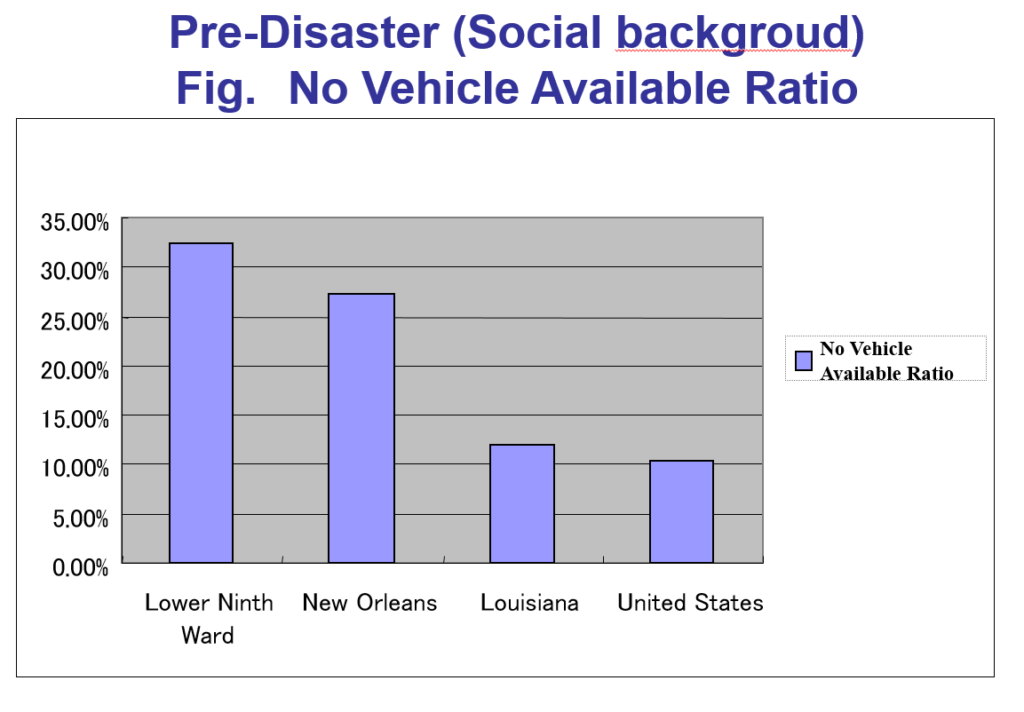
Figure 4 No Vehicle Available Ratio (GNOCDC)
Table 1 and Figure 4 show the people in Lower 9th ward, one of the most severely affected areas, had a low possession ratio of the vehicle. This can explain so many residents needed to have government help to evacuate and they could not evacuate before the Hurricane hit.
The general social background, such as ethnic groups, household incomes, and others with other stages of examinations will be discussed later.

The Great Deluge: Hurricane Katrina, New Orleans, and the Mississippi Gulf Coast (English Edition)

 Figure 1 GNOCDC (Pre-Katrina data site)
Figure 1 GNOCDC (Pre-Katrina data site)




